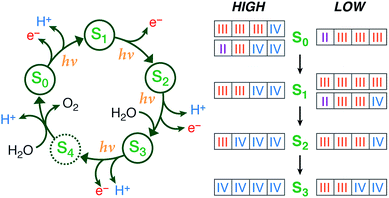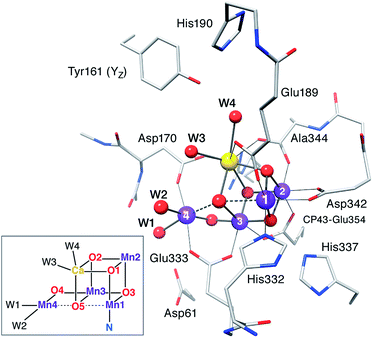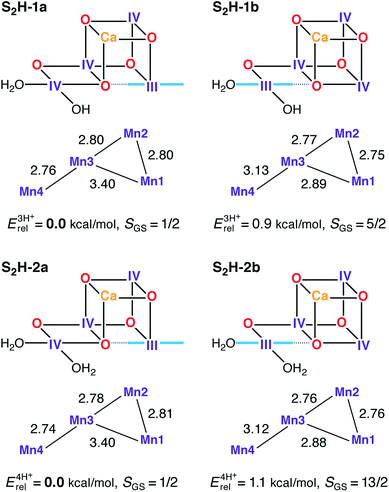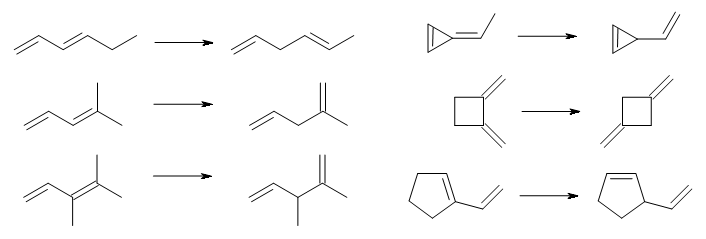Orbital-free DFT[1,2] is a linear-scaling approach[3] to DFT which
returns to the original spirit of DFT and Thomas-Fermi theory, in
seeking only the charge density of the system. The potential
computational saving is immense, as we only have to consider one three
dimensional variable rather than enough variables to describe the
orbitals of the system. As there is no diagonalisation or
orthogonalisation step, we achieve linear scaling. However, there are
two considerable problems with the method: first, the kinetic energy
functional, which is not known; second, the potential due to the ions.
It is this second problem that a recent paper[4] seeks to address,
by using the projector-augmented wave (PAW) method[5].
There has been considerable research on possible kinetic energy
functionals for use in OFDFT, with two key approximations: the
Thomas-Fermi (which uses a simple power of the density); and the von
Weizsacker (which considers the gradient of the density as well as the
density). Most OFDFT approaches mix these at some level, and research
into new functionals is on-going.
The second problem, with potentials due to the ions, is significant.
Since the only variable considered by the OFDFT method is the density,
which is a local function, the potentials used must also be local. (In
solid-state approaches, pseudopotentials are almost always non-local,
that is functions of two points in space, which is possible as we are
acting on different orbitals with different energies; the non-local form
makes the pseudopotentials significantly more transferrable.) There
has been work on developing transferrable local potentials[6] for
OFDFT, but this still presents a significant challenge.
Given this problem, an approach that uses the bare Coulomb potential
is attractive. Most OFDFT approaches use a grid-based approach, which
makes the use of the bare Coulomb potential challenging, and the
proposal to introduce PAWs for OFDFT is attractive. But PAWs have the
same requirement that non-local pseudopotentials do: they use multiple
projector functions in multiple angular momentum channels, and are
generally non-local.
The authors do not address this question clearly: there is a passing
statement that all quantities are generated as for a 1s orbital (i.e.
spherically symmetric), and a single note that only one partial wave is
used. This assumption really deserves more discussion, and
investigation: since the projectors are operating on the density (or
more properly its square root), it is not clear whether the PAW method
can be used faithfully in this context.
The results presented lead to further questions. While isolated
binary molecules are represented reasonably well, this is not a
significant test of the method. The bulk results are more concerning:
the lattice constant and bulk modulus for lithium and carbon are very
poorly described, and the authors introduce a new parameter to the
kinetic energy, which they adjust to match the lattice constant.
While the idea of combining PAWs and OFDFT is an interesting one, the
present paper leaves many unanswered questions, most relating to the
implementation. It is far from clear that the use of a single partial
wave for PAW offers any advantage over the local pseudopotential
approaches already proposed for OFDFT, and while the implementation in
an existing code is simple, much more work is needed to test the
reliability of the method.
[1] L. W. Wang and M. P. Teter, Phys. Rev. B
45, 13196 (1992) DOI:
10.1103/PhysRevB.45.13196
[2] M. Pearson, E. Smargiassi, and P. A. Madden, J. Phys.: Condens. Matter
5, 3221 (1993) DOI:
10.1088/0953-8984/5/19/019
[3] D. R. Bowler and T. Miyazaki, Rep. Prog. Phys.
75, 036503 (2012) DOI:
10.1088/0034-4885/75/3/036503
[4] J. Lehtomäki, I. Makkonen, M. A. Caro, A. Harju, and O. Lopez-Acevedo, J. Chem. Phys.
141, 234102 (2014) DOI:
10.1063/1.4903450
[5] P. E. Blöchl, Phys. Rev. B
50, 17953 (1994) DOI:
10.1103/PhysRevB.50.17953
[6] S. Watson, B. J. Jesson, E. A. Carter, and P. A. Madden, Europhys. Lett.
41, 37 (1998) DOI:
10.1209/epl/i1998-00112-5














